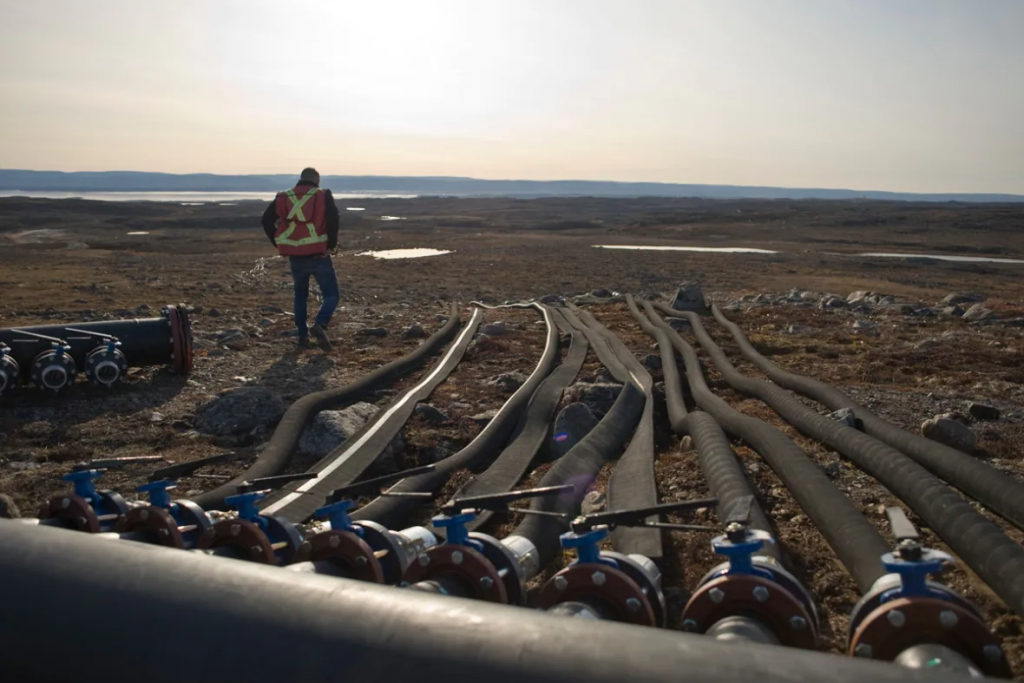Arctic Canadian city asks residents to conserve water as reservoir runs low

Lake Geraldine has been struggling to provide enough water for years
People living in Iqaluit are being reminded to conserve water as the city continues to deal with a water shortage that first reached emergency levels back in 2018.
Amy Elgersma, Iqaluit’s chief administrative officer, told Nipivut host Mary Oblibuk Tatty this past week that water levels at Lake Geraldine, the reservoir for the city’s potable water, are lower than the city would like them to be.
There are three reasons why, she said.
“A lot of the work that the city did during the water emergency to flush out the system and such has impacted the water levels,” she said, referring to a crisis that began in December when fuel was detected in the water supply.
Elgersma said it’s also been a dry year, and the city has used a lot of water recently to put out fires and hot spots at the dump.

Although the city doesn’t expect the shortage to turn into an emergency, Elgersma said the city won’t be able to start pumping water from the Apex River into the reservoir until the ice melts. That’s why the city is reminding people how they can limit the amount of water they use.
Here are some of the tips the city has been sharing:
- Wash vegetables and fruit in a basin of water, instead of under running water.
- Turns taps off while shaving or brushing your teeth.
- Do full loads of laundry, with cold water when possible.
- Add aerators to faucets.
- Put a full water bottle in the tank of older model toilets to reduce flushed water.

Elgersma also reminded people that using treated water to wash vehicles is prohibited. People can use water from ponds to wash their vehicles instead, she said.
She cautioned people to avoid using water from the Sylvia Grinnell and Apex rivers because of “concerns from residents.”
Elgersma said until the city finds a long-term solution for its water supply, the city will pump water into Lake Geraldine every year while it struggles to keep up with the city’s needs.
The city has plans for a new water reservoir, which will be built with $214 million in federal assistance.
-With files from Mary Oblibuk Tatty
Related stories from around the North:
Canada: Arctic Canada: Calls mount for public inquiry into Iqaluit water crisis, CBC News
United States: Climate change is worsening water scarcity in rural Alaska says study, Eye on the Arctic




People should be more cautious about wasting water. One major thing you can do is replace your old toilet with a new water-efficient toilet. Traditional old toilets normally use 13 liters of water for every flush. So if you flush your old toilet at least 6 times a day, it will use around 28,470 liters of fresh water annually. But you can install a modern toilet that only uses 3–4 liters of water per flush and save 19,710 liters of water annually.